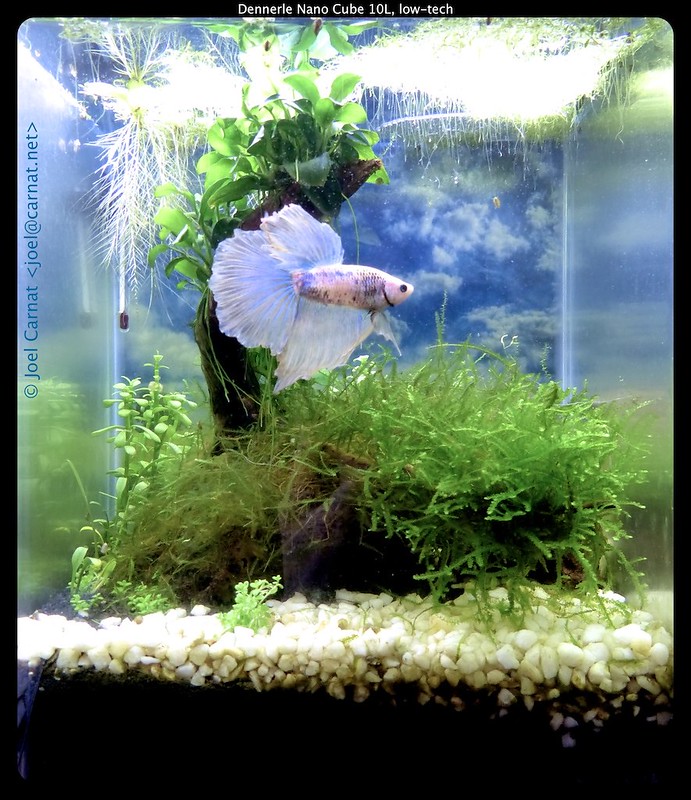 |
| Discus fish. Aquarium in dehiwala zoo (Photo credit: Wikipedia) |
There are many problems associated with discus health, but I will mainly refer to the environmental ones, which seem to be the most common. For instance, the iodine deficiency may appear due to pollutants in water or improper feeding. Then, another problem related to discus health is the lack of vitamins in the food, which on the long term may create low immune system and deficient wound healing for instance. Vitamin C is essential for discus health; hence make sure you store food properly or you risk losing this vitamin though oxidation. Absence of this vitamin leads to bleeding, fin ulcerations and many other problems.
Many of the discus health problems appear because of breeders ignorance or failure to provide the proper living conditions. Once you take up breeding fish, there is a responsibility involved like with any other animal; should you find yourself overwhelmed, you can always turn to special discus health services provided by vet units. Information and tips you may find in books on discus health or on sites such as www.discus-fish-secrets.com are highly reliable and make a very good start when in comes to taking care of discus health. The authors of such books are usually experienced breeders from whom you have got lots to learn.
Discus health should not be an issue for someone careful enough to follow some ground rules. For instance, the water cycle should be functional all the time and no waste or uneaten food should be left in it. Discus health is threatened in case of over-heating. Do not go over 31 degrees Celsius, as this will also lower the oxygen level in the tank and cause your fish to suffer from oxygen starvation. Monitor your discus health on a regular basis and check the living conditions daily or even several times a day if possible so that nothing goes wrong.
Article Directory: EzineArticles |







